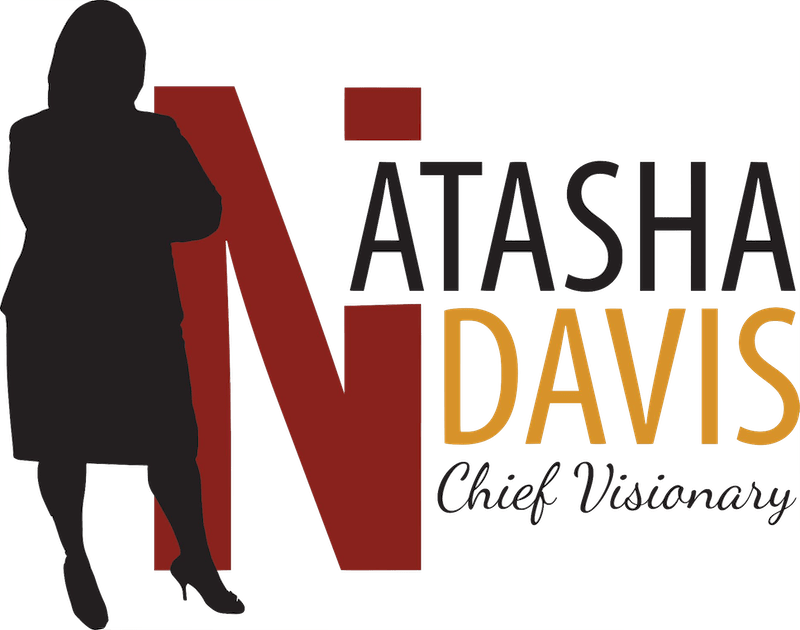Successful leaders know that brand language is more than a means of communicating. They understand that how they use specific words and phrases defines and reinforces their company’s identity and purpose. They have the power through language and communication to set the tone for how people engage with the brand.
Their use of brand language is essential for differentiating the company with a unique voice and message. It builds trust and reputation. In turn, it shapes their company’s culture.
The shift in brand language in 2025
We are at a time when people are struggling with brand language and are looking to leaders for guidance. This is largely spurred by the need for companies to continue to secure government contracts and work with companies that have government grants.
With the government providing every type of product and service imaginable, companies do not want to take the risk of being censored.
As we provide executive leadership coaching to CEOs, we hear their concerns about the business landscape. CEOs are focused on shifting their language to eliminate words associated with their brand.
Their brands are under attack as words common in business are no longer accepted, becoming potential traps for political and legal issues.
Powerful words that were once perceived as positive are now considered negative in the workplace. There is widespread confusion as people are uncertain about what they can say and cannot say in communications to avoid being censored and fired. They are looking to leaders for clarification and direction.
Redefining your brand language
Today’s political and legal issues provide an opportunity for leaders to create transformation within the organization as they develop new brand language that can unite, create a sense of belonging and energize everyone to perform at their best.
To be successful in your communication as a leader, you want to be intentional in redefining your brand language to build trust, maintain your reputation and shape company culture.
It is important to remember that your communication influences how team members see themselves, how they interact with clients and how the company is perceived by the public.
Here are six ways you can be intentional in redefining your brand language:
Build connections.
Brand language can convey the brand’s personality and establish a distinct identity through both your internal and external communications. For example, a well-defined brand language can create a strong connection with customers and stakeholders, fostering loyalty and advocacy. Consider how your tone, voice and language style will resonate with them and build emotional connections.
Foster a sense of shared purpose.
The way you articulate the company’s vision, mission and values is important for inspiring employees and fostering a sense of shared purpose. The desired behavior and culture of your company is modeled by your actions, words and decisions. When powerful brand language describes your values and culture, you are not only energizing your customers and stakeholders, but you are also attracting and retaining top talent.
Create a strong narrative.
It is essential that you create meaningful interactions with your audience and stakeholders by engaging in conversations that provide value, answer questions and talk about concerns. Give empathy and listen. By thinking of your brand as a human, with traits, characteristics, and qualities that everyone encountering your brand would find appealing, you can build a strong narrative. Also, consider which characteristics will help you unify your narrative through consistency, relevance and relatability. When your teams understand and are encouraged to use the narrative, they are aligning their efforts with the overall brand strategy.
Make the brand recognizable and memorable.
The narrative gives the overall style and personality of the brand’s communication while also helping to convey meaning and purpose. Not only does this help make your brand recognizable, but by adding effective language that resonates with people, it further helps your brand be remembered. Increase how people remember your brand by exceeding expectations with every touch point consistency showcasing your brand’s meaning and purpose.
Share a positive message.
Brand language can be used to create a positive or negative attitude, not only affecting your marketing but also how you influence the workplace environment and how your team performs. The words can either captivate or alienate. Therefore, it is important to choose words wisely. As you craft language and further define the brand’s personality, use language that reflects the cultural values and preferences of your audience to foster stronger connections and create a more positive brand image.
Show authenticity.
Authenticity builds trust and fosters deeper relationships. When determining your brand language, it is important that the language has a clear, consistent brand voice. Your narratives should be genuine with real customer stories and testimonials. Authentic narratives create a human connection and help everyone who interacts with your brand relate to it on a personal level. In addition, transparency about company values is essential.
Start redefining your brand language.
Redefining your brand language should not be a quick process. It requires careful consideration so as not to confuse your brand identity and purpose. It also requires strategic planning that dives into the next phase of powerful words to describe your evolving company culture.
When you work with our Chief Visionary, Natasha Davis, you will get expert guidance and advice for developing a powerful and unique brand language that helps your company redefine your brand language with a company culture that thrives in today’s world.

